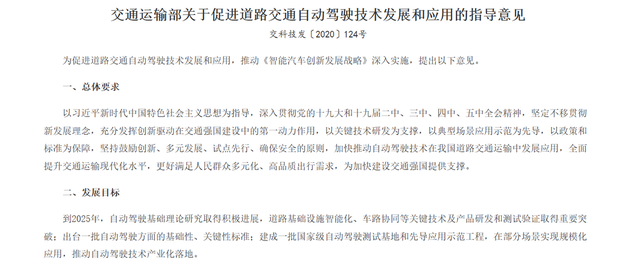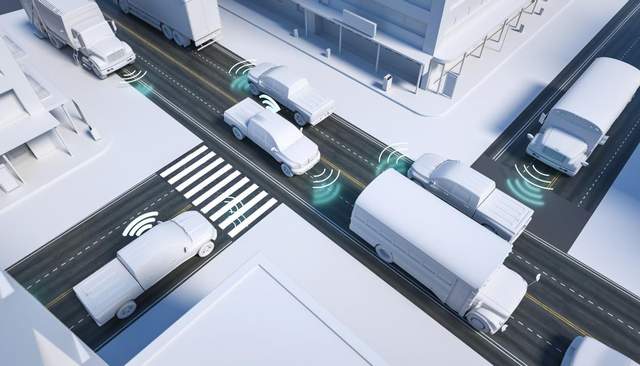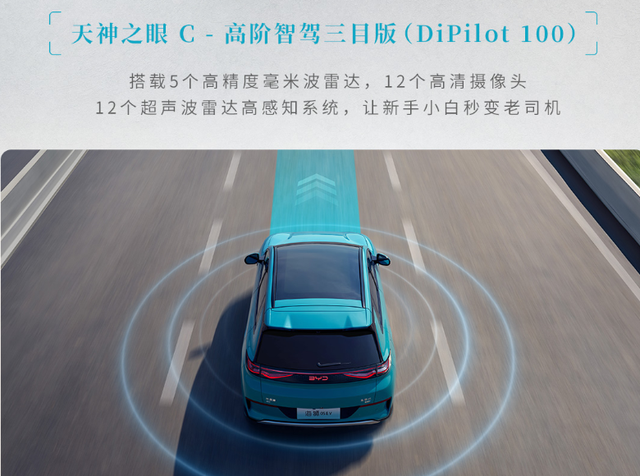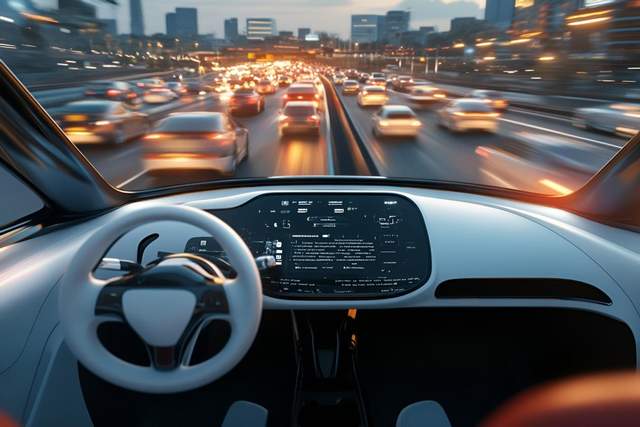Paradox: Navigating the Intelligent Driving Dilemma
![]() 04/09 2025
04/09 2025
![]() 532
532
The automotive industry is currently grappling with the tragic collision and explosion of a Xiaomi SU7 on March 29. Reports indicate the vehicle was in NOA intelligent assisted driving mode on the highway and urgently requested driver intervention prior to the accident. Additionally, Xiaomi SU7's inability to recognize nighttime road construction may have significantly contributed to the crash.
Such incidents naturally evoke anger towards the nascent concept of intelligent driving.
Statements such as "intelligent driving is completely immature," "life safety cannot be entrusted to AI," and "intelligent driving shifts responsibility" have emerged in abundance. Intelligent driving safety has become an unavoidable and painful aspect of the automotive transformation narrative.

Media and industry analysts discussing the Xiaomi SU7 incident invariably highlight the unclear responsibilities and rights in intelligent driving. It remains ambiguous how automakers and drivers should share accountability in intelligent driving accidents, leading to uncertainty in punishment and fostering further issues.
So, why does this vital matter, which concerns human lives, present a dilemma of unclear responsibilities and rights?
The "intelligent driving dilemma" stems from the fact that the term "intelligent driving" itself should not have emerged prematurely.
The urgent need for intelligent driving to enter the market, coupled with the current inability of autonomous driving to do so, creates a paradox. Until this paradox is fundamentally resolved, similar tragedies may continue to unfold.
A comprehensive examination of the intelligent driving paradox is essential for reflecting on the Xiaomi SU7 incident.
Ambiguous Intelligent Driving
Many forget that "intelligent driving" is a term not directly used by Chinese laws and regulations to date. Official statements favor "autonomous driving" and "intelligent and connected vehicles." Intelligent driving, generally referring to intelligent assisted driving, lacks standardization. How "intelligent" is intelligent, and to what extent does assistance provide aid, remain undefined, allowing manufacturers to set their own parameters.
Why do companies use vague terms like "intelligent assisted driving" instead of autonomous driving? The core reason is that current regulations prohibit autonomous vehicles from driving on public roads. According to the "Guiding Opinions of the Ministry of Transport on Promoting the Development and Application of Road Traffic Autonomous Driving Technology," the 2025 goal is to improve autonomous driving infrastructure standards and promote pilot applications.

Under this policy, some cities are promoting L3-level autonomous passenger vehicles. For example, Beijing's "Regulations on Autonomous Driving Vehicles," implemented on April 1, supports L3 autonomous vehicle pilot applications.
However, most regions do not support L3-level autonomous vehicles, nor do they allow autonomous driving systems to take primary responsibility for driving safety.
The issue is that automakers can deploy autonomous driving capabilities but are restricted by regulations. Thus, they rely on manufacturer-defined concepts like intelligent driving and advanced intelligent driving, which lack industry and regulatory standards.
This ambiguous approach, failing to pave the way for autonomous driving while secretly promoting intelligent driving, sets the stage for subsequent paradoxes.
Paradox between Market and Safety
Even if L3-level autonomous driving is regulation-approved, its usage will still pose paradoxical challenges.
L3-level autonomous driving involves the system primarily driving, with the driver participating and taking over when necessary. However, this mode still requires the driver to remain highly focused, creating an inherently anti-human driving experience. Moreover, defining a "necessary takeover time" is problematic. Instances like the Xiaomi SU7 accident, where drivers are expected to take over only when an accident is imminent, shift blame irresponsibly.
This "L3 paradox" is evident in today's intelligent driving safety issues. More tragically, as intelligent driving rushes to market while waiting for responsibility and rights rules, another layer of paradox emerges.

Mainstream automakers and tech companies have researched, developed, and tested L3 autonomous driving, ready for market launch. The automotive market, in a state of rapid turbulence, urgently needs autonomous driving as a new selling point. High R&D costs also force automakers to recoup funds quickly. However, after repackaging L3-like capabilities under intelligent driving, automakers face regulatory uncertainty. If problems arise, they face accountability and public backlash.
This "gray strategy" of renaming autonomous driving to market it before regulations present a paradox for all involved.
For automakers, not pursuing intelligent driving risks losing market dominance and wasting R&D costs. Pursuing it exposes them to significant safety liability risks.
For car owners, not using paid intelligent driving features is impractical. Expecting owners to remain focused and ready to take over at any time during advanced intelligent driving is also unrealistic.

For the autonomous driving industry, it's necessary to protect automaker interests and development space while ensuring orderly rule-making to avoid uncertainties in traffic safety, employment, and law.
Currently, "intelligent driving" is caught between a rock and a hard place. Automakers want to market it but face unclear responsibilities and rights, with human lives paramount. Waiting is costly and opportune moments fleeting.
This paradox has caused intelligent driving to advance erratically.
The Consequence of Distortion: Lack of Standardization
The need to enter the market while avoiding regulation has led to autonomous driving capabilities being disguised as intelligent driving.
This distorted guise raises another issue: as a concept promoted by automakers, intelligent driving lacks standardization. What constitutes intelligence, the extent of assistance, and what qualifies as advanced intelligent driving remain undefined. Manufacturers can manipulate this concept and engage in word games, leading to consumer confusion.
For example, the Xiaomi SU7 involved in the incident was the standard version advertised with intelligent driving capabilities but lacked lidar. Users prioritizing appearance and brand perception may overlook this difference, with potentially fatal consequences.
Another example is BYD's recent price reduction for intelligent driving-capable vehicles. Its lowest-priced Tian Shen Zhi Yan C package lacks key features like city NOA. The so-called popularization of advanced intelligent driving stems from the vague definition of the concept.

More problematic than vague definitions is the lack of comparability due to standards absence. Intelligent driving integrates perception, hardware, and software, with significant differences among manufacturers. Consumers should have the right to know this information but struggle to judge different solutions due to the lack of standards and corporate promotional information pollution.
It's hard to imagine a life-critical technology lacking standards and being arbitrarily defined during commercialization.
The Xiaomi incident is a result of these issues. If unchanged, similar incidents will become unsolvable dilemmas.
No Progress Means Regression
The intelligent driving market will not stay vague and ambiguous. Selling near-L3 autonomous driving while asking users not to use it is impossible.
Intelligent driving has two paths: regression or progress.
Regression means prioritizing safety. Automakers must align solutions with regulatory requirements, providing higher-level autonomous driving only in pilot areas and strictly locking down others to avoid unclear responsibilities and rights. While a technological and market regression, stricter regulations may become inevitable if more tragedies occur.
Progress means prioritizing technology maturity and accelerating laws, regulations, and supporting facilities towards autonomous driving. Policies should allow autonomous vehicles in urban and suburban areas of first- and second-tier cities, ensuring market circulation.

Simultaneously, it's necessary to establish and improve the autonomous driving insurance mechanism, formulate laws on responsibility and rights division, and construct rules for freight, logistics, and taxi segments. An industry standard and evaluation system for autonomous driving capabilities are essential, ensuring consumers choose life-safety transportation tools based on reliable information, not business promotions or unpredictable reviews.
These tasks are challenging, but given the U.S. autonomous driving industry's stagnation, accelerating rule formulation represents China's best opportunity to lead the global automotive revolution.
Ultimately, as a technology transforming the century-old automotive industry, autonomous driving will pay a price and encounter unknowns and trial-and-error during transition.
Ultimately, it is the automakers and the broader regional economy that should reap the benefits, not consumers who are unjustly burdened with the costs. Consumers must not foot the bill for technological imperfections, nor should individuals be permitted to exploit regulatory loopholes during the exploratory phase of technology development.
The intelligent driving dilemma presents a clear choice: it must either regress or progress, but it must not stagnate in today's ambiguous gray area.








